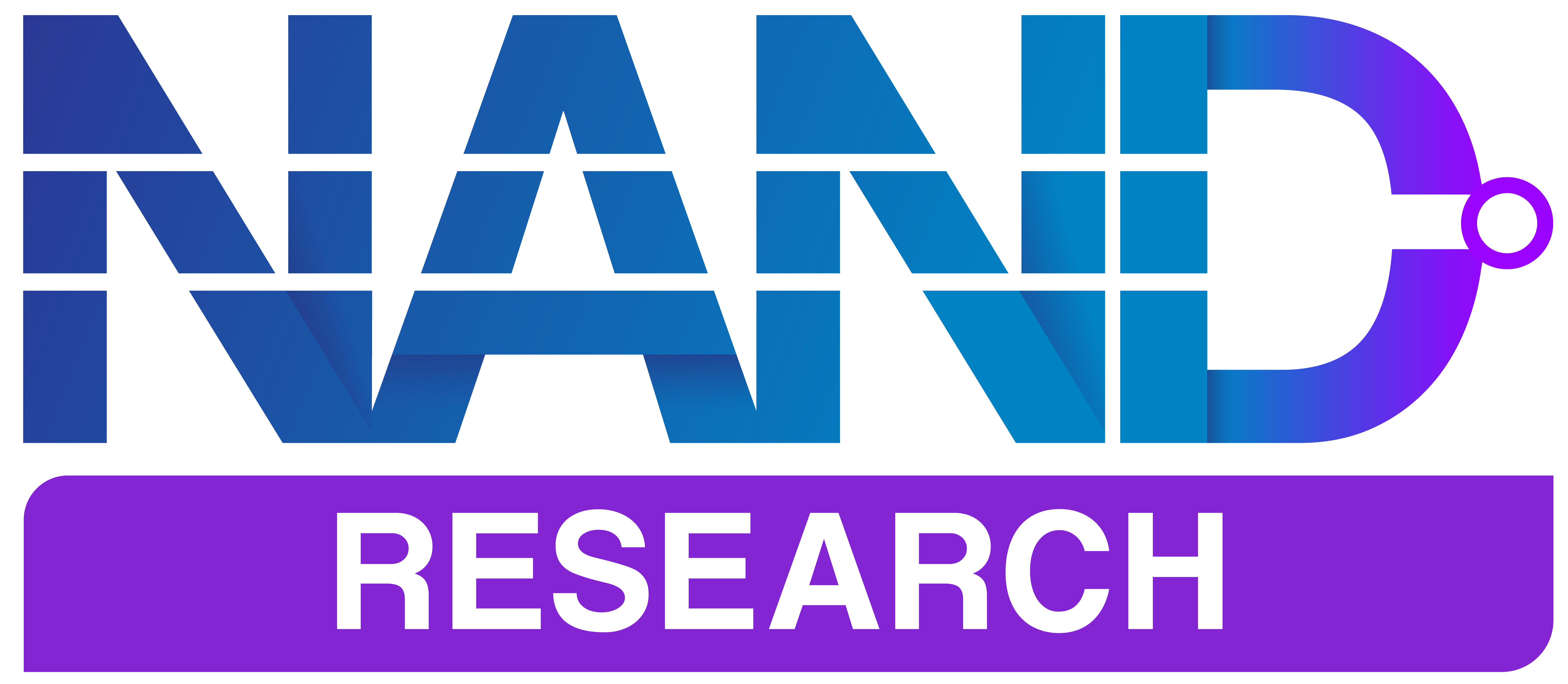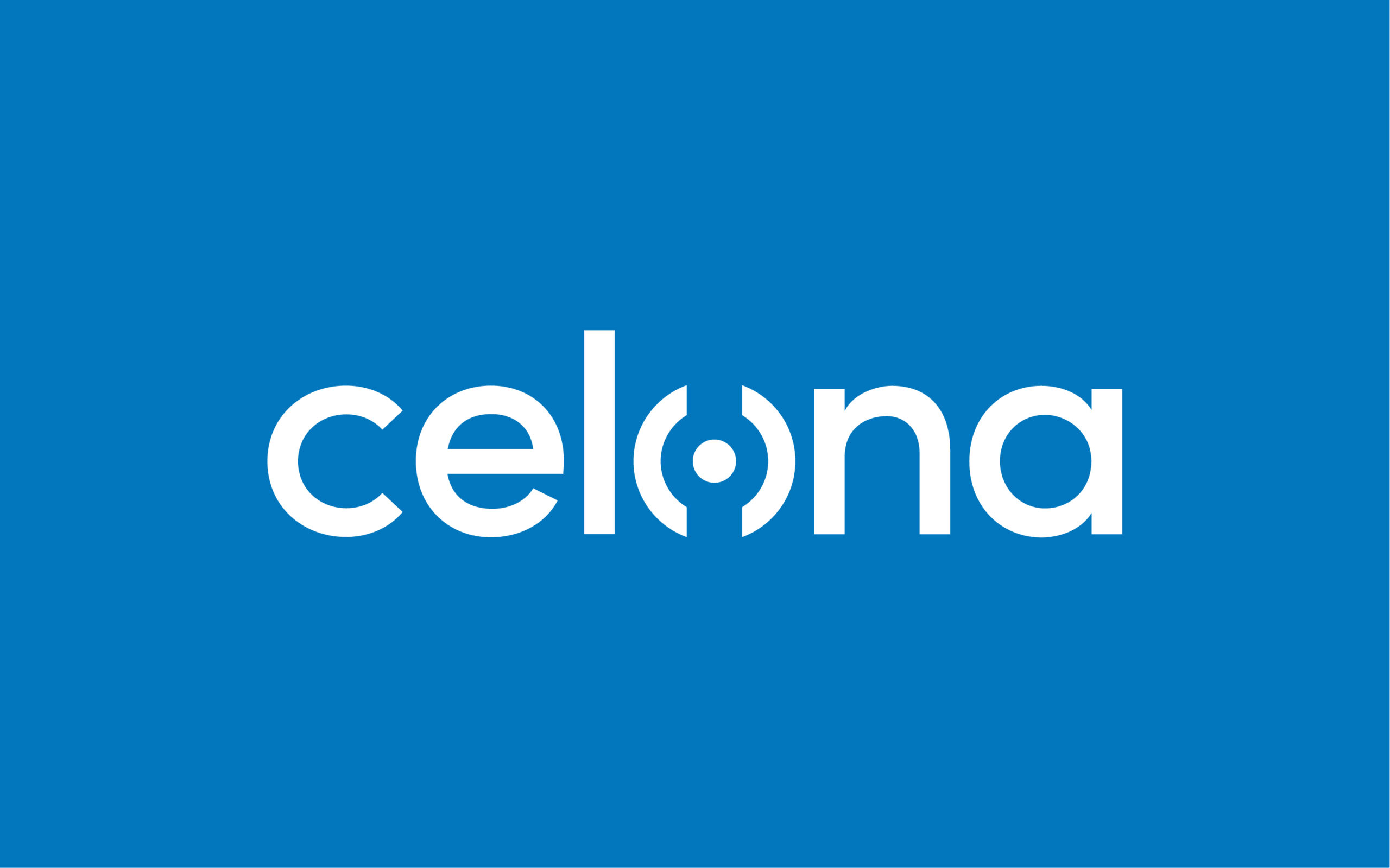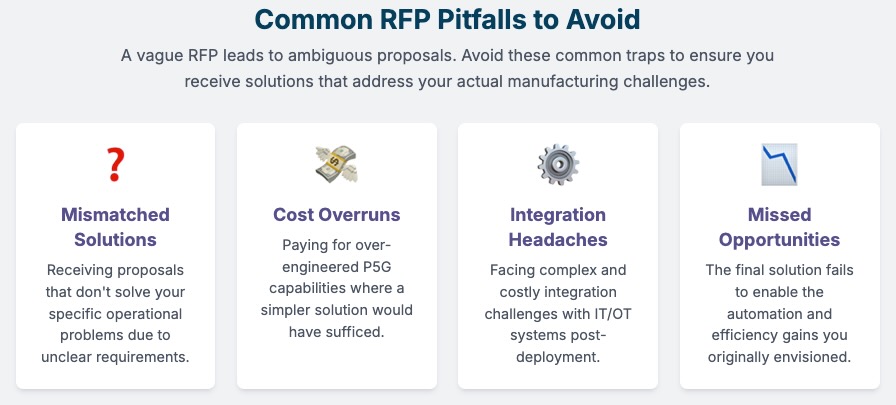Executive Summary
The Private 5G (P5G) market has reached a critical juncture, shifting from a technology validation phase to one defined by commercial scale and enterprise consumption simplicity. The recent strategic moves by North American systems integrator Future Technologies Venture, LLC (FT) (including major defense contract awards, strategic recapitalization, and a key executive appointment) serve as a microcosm for the entire P5G industry’s trajectory.
FT is transforming from a specialized, sector-focused systems integrator into a well-capitalized P5G Market Accelerator and Consolidator. This path highlights three essential trends driving the industry: the supremacy of trust in P5G procurement, the aggressive shift toward a Network-as-a-Service (NaaS) consumption model, and the need for seamless integration into the existing connectivity ecosystem (including advanced Wi-Fi standards like Passpoint). The decade of P5G success will belong to the integrators who can execute this model at scale.
The New Blueprint for P5G Market Acceleration: The Future Technologies Case Study
Since the beginning of private cellular, the market conversation has centered on vendor technology (the core, the radio access network (RAN)), and the spectrum debate. The current phase of adoption is defined by execution; i.e., who can successfully integrate these components into a functioning, mission-critical solution. Future Technologies’ announcements in September and October 2025 provide insight into a blueprint of how system integrators are capitalizing on this maturity:
The Proof Point: Securing the Critical Edge
The foundation of FT’s recent surge began to take shape in September with the announcement of over $50 million in Department of Defense (DoD) contract awards for P5G network deployments.
Securing a DoD contract is more than a revenue stream; it is a strong validation of trust and security. In the P5G market, where deployments often involve managing sensitive operational data and integrating with legacy systems, trust is the single greatest barrier to entry. By conquering the highest-stakes sector, FT gains an unassailable competitive advantage. This expertise is immediately transferable to other critical infrastructure verticals (Energy, Manufacturing, and Utility) where security and resilience requirements often mirror those of the defense sector.
Fueling Accelerated Scale: The Financial & Leadership Shift
Following the DoD validation, FT rapidly executed a two-pronged strategy to professionalize and accelerate its market expansion:
- Strategic Recapitalization (Financial Fuel): The partnership with Battle Investment Group provides the financial fuel necessary for rapid, non-organic growth. This move signals a deliberate shift from an organic, contract-by-contract growth model to a strategy focused on M&A (Mergers & Acquisitions) and aggressive talent acquisition. FT is aiming to quickly consolidate the specialized P5G systems integrator landscape, increasing its national footprint and capabilities faster than organic competition allows.
- Strategic Guidance (Ecosystem Build): The appointment of Mary Peterson as Chairperson of the Advisory Board brings seasoned B2B technology marketing and ecosystem leadership to the company’s strategic core. This move is a direct investment in the “soft assets” of growth: professionalizing the go-to-market strategy, building deep vendor partnerships (especially with global manufacturers like Ericsson and Nokia, as well as emerging platforms), and ensuring the company is structured to support a rapid increase in size and national scope.
FT is not merely growing; it is executing a deliberate strategy to leverage the technical trust earned in the defense sector into a commercially scalable model, financed for aggressive national consolidation. Their path shows that to dominate the P5G market, integrators must now scale technically, financially, and operationally.
The P5G Industry Trajectory: Three Defining Trends
FT’s trajectory is a direct reflection of where the P5G industry is headed, particularly in the North American enterprise market.
Trend 1: Verticalization and the Supremacy of Trust
As confirmed by the 2025 P5G news cycle, successful deployments are focused on specific, demanding verticals (ports, mines, hospitals, and factories).
- P5G is a solution for vertical problems, not just a technology. FT’s commitment to critical infrastructure is a microcosm of this trend. They understand that a solution for a power utility (cybersecurity and redundancy) is fundamentally different from a solution for an automotive factory (low-latency robotics).
- The integrator must translate P5G benefits into vertical-specific outcomes. The integrator’s role is no longer to just deploy radio, but to demonstrate regulatory compliance, integration with Operational Technology (OT) platforms, and a superior level of security—attributes that FT’s DoD experience makes them uniquely qualified to convey.
Trend 2: The Shift to Consumption-Based Networking (NaaS)
The core challenge for mass P5G adoption remains operational complexity. The NaaS model is the industry’s response to this friction.
- Enterprise Adoption Friction Point: As highlighted by recent vendor announcements (e.g., Ericsson’s focus on embedding AI into cellular management platforms), enterprises are often unwilling to manage a complex cellular core. NaaS models address this friction directly, emphasizing that P5G technology is often more accessible for enterprise IT teams to adopt than is typically assumed. Unlike mobile operators, enterprises operate with distinct metrics and organizational structures. NaaS providers simplify the entire network procurement process, reinforcing the trust required for enterprise adoption by making the technology fit the client’s business model, not the other way around.
- FT’s Role in NaaS: FT’s drive for scale and M&A is strategically designed to support a NaaS delivery model. By actively consolidating resources and standardizing offerings, FT can effectively lower the total cost of deployment and position itself to deliver advanced connectivity as a single, reliable, and predictable monthly subscription service. FT has simplified P5G, Wi-Fi, and Satellite from a complex deployment into a highly consumable operational expenditure model, positioning the integrator to capture the mid-market NaaS demand.
Trend 3: Connectivity Convergence, Robustness, and the Seamless Experience
The market demands ubiquitous, secure, and seamless connectivity that works everywhere—indoors and outdoors, on licensed and unlicensed spectrum.
- The Passpoint/Hotspot 2.0 Parallel: The enduring drive to “move beyond the captive portal” for Wi-Fi (via Passpoint) shares a fundamental goal with P5G: automatic, secure authentication that mirrors the cellular experience.
- FT’s Integrated Approach: FT’s stated expertise spans Private 5G, Fixed Wireless, Wi-Fi, Fiber, and Satellite. This all-encompassing approach reflects the inevitable convergence of the entire connectivity ecosystem. P5G is rarely a standalone solution; it must integrate with existing Wi-Fi and fixed infrastructure, often requiring advanced backhaul solutions like those leveraging Low Earth Orbit (LEO) and Geostationary (GEO) satellite systems.
- Redundancy: A network is only as strong as its weakest link. Seldom are disparate wireless networking technologies configured as true bidirectional redundant systems for one another, leaving avoidable downtime and decreased operational risk on the table. FT has built a strong technical team with the expertise to design seamless failover systems, making Wi-Fi networks capable of providing backup services to failed private cellular systems. This cross-technology resilience significantly enhances network availability and lowers total operational costs in critical areas.
The successful P5G integrator will not pit one technology against the other but will design a unified, Passpoint-like secure roaming experience that transparently uses the best available network (Wi-Fi, P5G, fiber, or satellite). FT’s platform-agnostic, multi-technology focus is a pivotal commercial answer to this technical requirement.
Analyst Take
The strategic moves by Future Technologies (FT) (securing major government contracts, recapitalizing capital for M&A, and professionalizing its advisory board) are not just a company growth story, but a strong sign that the Managed Service Provider (MSP) and advanced wireless installer segment of the market is reaching a critical inflection point. As Private 5G (P5G) technology matures, the value chain is shifting away from the hardware vendors and towards the integrators who can manage complexity and deliver the unified, outcome-based service that enterprise clients demand. This shift establishes the MSP/installer as a pivotal player in the mass adoption of advanced wireless systems.
The traditional role of the installer or system integrator was transactional: procure the equipment, deploy the network (Wi-Fi or Private LTE), and hand over the keys. In the era of converged advanced wireless (P5G, Wi-Fi 7, and Satellite), this role has fundamentally changed. Today’s advanced wireless MSP must serve as the Technology Orchestrator. This means managing not just one wireless domain, but the entire connectivity ecosystem, ensuring seamless failover and redundancy between these disparate networks. The integration of Low Earth Orbit (LEO) and Geostationary (GEO) backhaul systems further complicates the deployment and maintenance landscape, meaning the MSP is now responsible for the end-to-end service level agreement (SLA), regardless of the technology underneath. FT’s multi-technology expertise is a direct response to this necessity, demonstrating that the value lies in the integration layer, not the individual component.
The most profound shift is the commercialization model. For the mid-market enterprise, the complex Capital Expenditure (CapEx) required to build a Private 5G network is often a non-starter, particularly when factoring in the specialized internal IT talent needed to operate the cellular core. The MSP solves this financial and operational friction point by acting as the bridge to a Network-as-a-Service (NaaS) or operational expenditure (OpEx) model. FT’s strategy of using M&A to consolidate resources and standardize its offerings is designed to achieve the scale necessary to deliver P5G, Wi-Fi, and Satellite connectivity as a single, predictable monthly subscription. This move is strategic: by converting a massive CapEx project into a simple, consumable OpEx service, the MSP unlocks the mid-market demand and secures a recurring revenue stream, cementing their long-term dominance over the traditional vendor-centric model.
Finally, the success of the MSP model is inseparable from trust and standardization. The initial, high-bar wins like FT securing major DoD contracts, are not just revenue events; they serve as a powerful signal of security, competence, and reliability to the broader market. Enterprises require assurance that their network integrator can meet the highest regulatory and security standards. Furthermore, the only way for the MSP segment to scale is through the standardization of deployment. FT’s move toward consolidating and standardizing its solution stack will allow for faster, repeatable deployments and efficient management through automation, which is the cornerstone of scaling the NaaS model. The integrator who can successfully marry technical excellence (DoD-level security) with business simplicity (OpEx delivery) will become the dominant channel for advanced wireless adoption over the next decade.
Competitive Outlook & Advice to IT Buyers
These sections are only available to NAND Research clients and IT Advisory Members. Please reach out to[email protected]to learn more.




